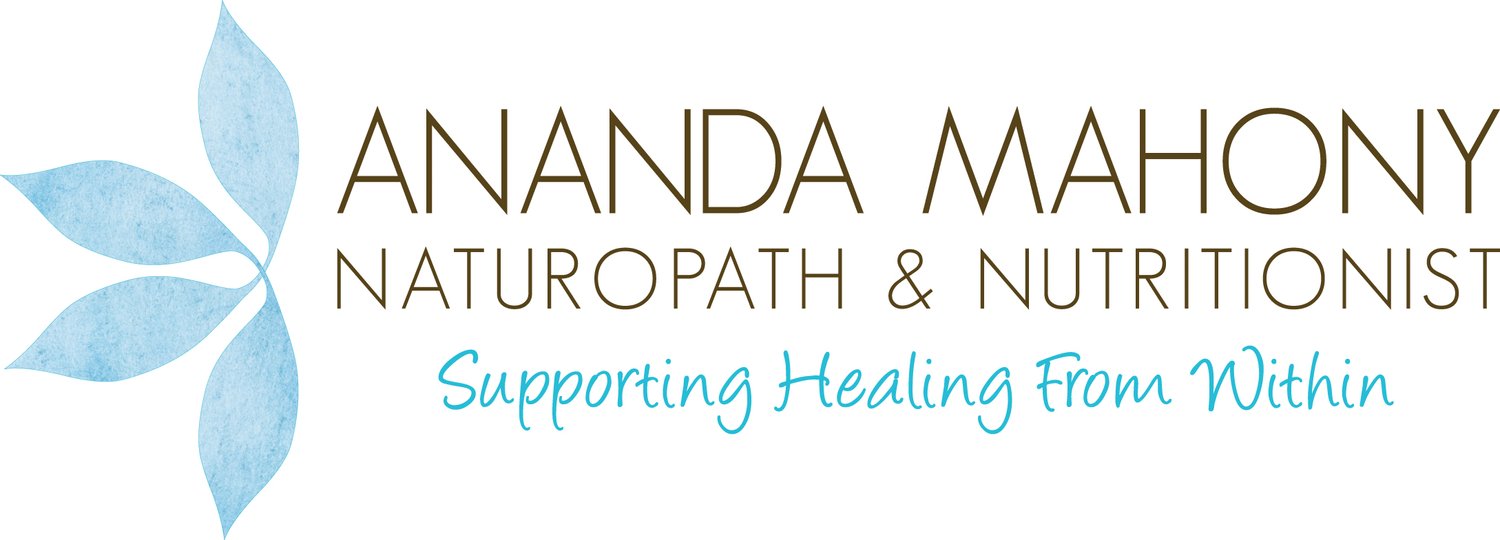You are what you eat in chronic pain
Over the last decade we have seen a flood of evidence linking a poor diet with chronic health conditions. But what about chronic pain? Until recently the role of diet in relation to chronic pain in most areas has been marginalised particularly when it comes to treatment strategy. However, we are now seeing some directly links between diet and pain and the importance of diet is emerging. The research highlights below are from a recent neuroscience conference in the USA:
Omega 3 and 6
A diet high in omega 6 from processed and fried foods may directly interact with danger sensing neurons by boosting the activity of a protein called TRPV1. This protein detects hot temperatures and potentially harmful substances such as capsaicin from chili peppers (e.g. hand under boiling water, hot chili burning skin). Researchers have hypothesised that a diet rich in processed omega 6 fatty acids leads to increased pain by interacting with these proteins and increasing their activity.
By contrast other research has shown that a diet rich in omega 3 fish oils may have the potential to improve pain thresholds and reduce sensitivity in neuropathic pain in a diabetes model.
Dietary Pattern
An interesting study looking at the impact of diet on recovery times after injury compared the Standard American Diet (SAD) to both an Anti-Inflammatory Diet (AID) rich in omega 3 and plant-based foods and a regular diet. The results showed that a regular diet shorted recovery by up to 50% and an AID even sooner. However, when a regular diet was eaten during the week but a SAD eaten on weekends, recovery times were the same as eating a SAD all week.
Gut Bacteria
Following up from the above researchers then wanted to determine how the AID makes such a positive impact on recovery times. The key may be gut bacteria. Those eating an AID have a broader category of healthy bacteria compared to those eating a SAD. Essentially the percentage of bacteria in the gut is skewed towards bacteria that promote inflammation in a SAD.
Sugar & Sweeteners
By now we all know sugar is addictive but researchers have also shown it impacts on the pain-relieving effect of medication, specifically oxycondone (an opioid). Animal research warning! Rats fed a diet high in corn syrup had a blunted response to oxycondone (i.e. less pain relief) and in addition had a increased risk of addiction to the drug itself.
On a practical level take outs from the above research could be distilled as below:
Shift the balance of fatty acids in your diet by consuming fresh, cold pressed vegetable oils such as olive oil (as opposed to seed oils) and eat oily fish regularly (salmon, tuna, mackerel, anchovies and trout). I choose the smaller fish to reduce the risk of environmental toxins.
Avoid processed oils and foods generally.
Have an anti-inflammatory eating pattern. For those in acute or chronic pain it might mean eating this way for 95% for a period of time at least. For general health, choose to eat an AID for at least 19 of 21 meals a week (3 meals x 7 days).
Take a leaf out of Sarah Wilson’s book/s and give up or at least reduce sugar. It is addictive and may increase addiction to other substances.
Support your microbiome with foods rich in polyphenols and prebiotics e.g. wild rice, blueberries, stewed apple, cooked and cooled starchy vegetables and rice, garlic, onion and a wide variety of vegetables.

